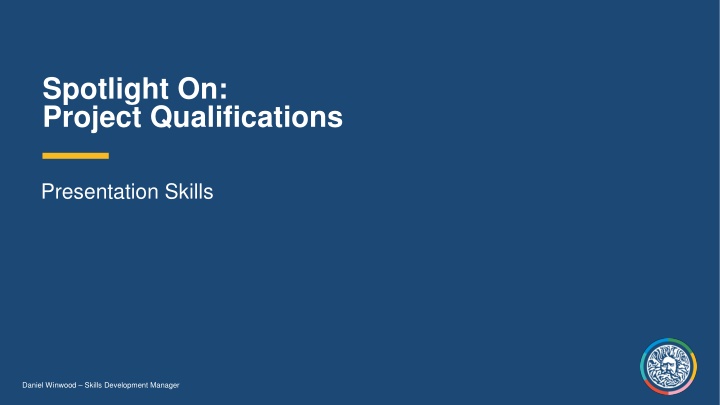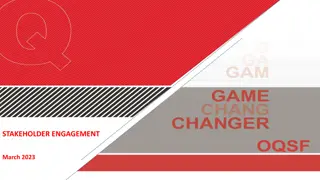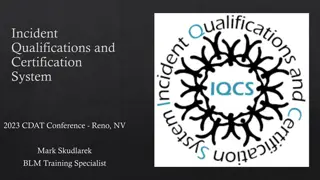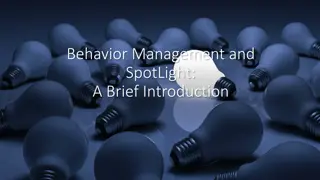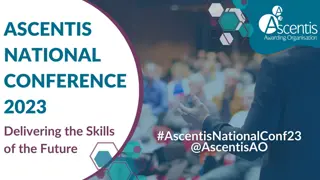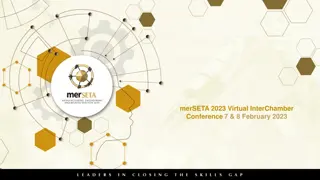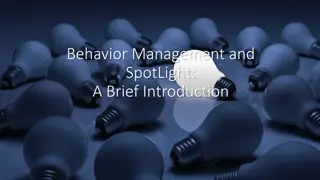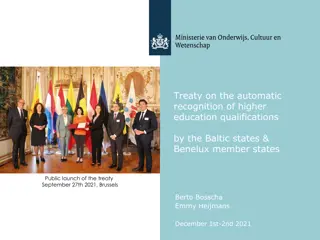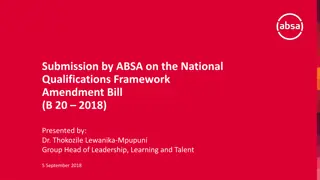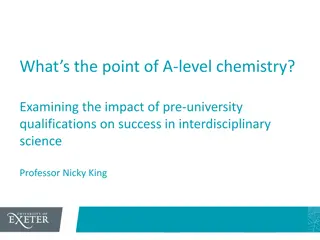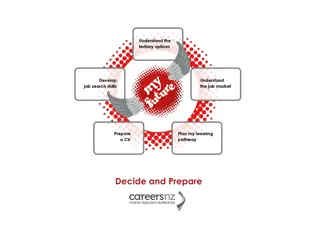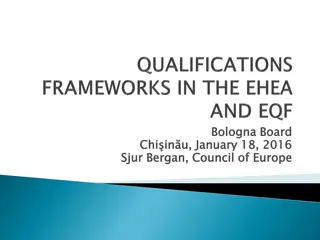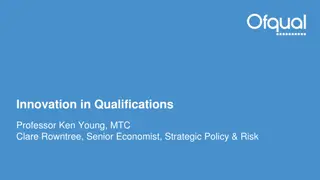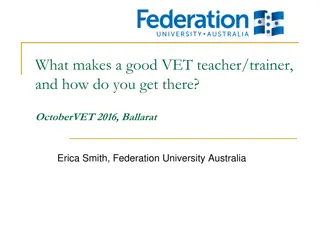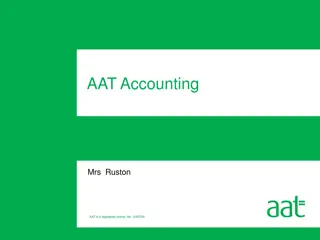Spotlight on Project Qualifications Presentation Skills
This presentation delves into successful reflection, stages of presenting, and effective use of visual aids. It covers aspects like analyzing outcomes, evaluating performance, action planning for improvement, and utilizing Gibbs' Reflective Cycle. The content explores different methods for enhancing reflection, such as journals, voice notes, and response cards. It also details the planning stages including structuring content, audience considerations, appropriate visual aids, and language usage.
Download Presentation

Please find below an Image/Link to download the presentation.
The content on the website is provided AS IS for your information and personal use only. It may not be sold, licensed, or shared on other websites without obtaining consent from the author.If you encounter any issues during the download, it is possible that the publisher has removed the file from their server.
You are allowed to download the files provided on this website for personal or commercial use, subject to the condition that they are used lawfully. All files are the property of their respective owners.
The content on the website is provided AS IS for your information and personal use only. It may not be sold, licensed, or shared on other websites without obtaining consent from the author.
E N D
Presentation Transcript
Spotlight On: Project Qualifications Presentation Skills Daniel Winwood Skills Development Manager
Overview Successful reflection Presentation stages Dealing with questions Use of visual aids
Successful Reflection Describe / Analyse Evaluate Action plan
Successful Reflection Describe / Analyse What happened? What was the result? What did you expect to happen? Why did things go well / badly? What other knowledge do you have that can help you analyse the event?
Successful Reflection Evaluation What went well / badly? What does this mean for your learning?
Successful Reflection Action planning Will you continue to work in the same way? Will you change the way you work? What will this be? How can you ensure success next time?
The Reflective Cycle Gibbs (1988)
Successful Reflection Modelling Journals Voice notes Response cards / One minute papers / Exit tickets
Presentation Stages Planning Delivery Reflection
Planning Marking criteria Structure Introduction Aims and outcomes Body Audience Conclusion Non-specialist audience Timing Appropriate visual aids Format Spoken vs written language Content
Planning Script to note cards Transcript analysis Functional language signalling phrases or signposting language Scaffolding and joint construction Peer feedback
Delivery Register Pauses Body language Intonation Pace Emphasis Volume Articulation
Delivery Conveying meaning through voice Non verbal communication Simplifying language Transcript analysis Spoken vs written language Mini presentations PechaKucha Modelling bad presentation
Dealing with Questions Anticipate questions Rephrase questions Functional language
Visual Aids Audience Students the focus, not the visual aid Use of different visual aids Group work Modelling
References Gibbs, G., (1988). Learning by Doing: A guide to teaching and learning methods. Oxford: Oxford Polytechnic.
